One of the great things about animated movies in recent years is how they’ve become more than just enjoyable entertainment — they’ve become meaningful.
Sure, they’re still tons of fun to watch. And 6-year-olds still love ’em. But many of these films also tell us something about what it means to be human, no matter how old we are.
With this in mind, The Hollywood Reporter set out to find some of the bigger names in global entertainment to see which animated films they’re loving right now, pairing them based on their backgrounds or even just their passions — from CODA’s Siân Heder to This Is Us’ Dan Fogelman, from The Book of Life’s Jorge Gutierrez to Snowtown’s Justin Kurzel and Matewa Media’s Tweedie Waititi. We even brought in a psychotherapist — radio host and author Kelli Miller (Love Hacks). None worked to create the movies they’re advocating for — they just believe in them as viewers. After reading their arguments, you might too.
-
‘The Wild Robot’
 Image Credit: DreamWorks
Image Credit: DreamWorks
My 41/2-year-old son Ben has a complicated relationship with movie theaters.
Movies? Oh, he loves movies. Ben got hooked on Cars early. (I was a writer on that film and took great pleasure when it became his go-to … then took it hard when he started making me fast-forward through “the talky parts.”)
Finding Nemo was another hit in our house.
But movie theaters … not so much. It’s a complicated dance getting him through a movie in a theater. We have to navigate the moment when the theater first goes dark. The boring trailers that he doesn’t understand. We don’t like it when the movie gets too loud. Nor when the movie gets too scary.
So, a few months ago, when I took him to see The Wild Robot — a film I knew nothing about — I didn’t have high hopes.
I certainly didn’t expect I was about to watch my favorite film of the year and have my favorite experience ever in a movie theater.
The premise of the film is a simple one: A robot named Roz, built to help humans accomplish “tasks,” shipwrecks on an uninhabited island. Surrounded by wild animals and nature, Roz tries to orient herself by finding a “task.” She comes across an egg, which hatches a gosling, and she makes a decision: Her “task” will be to raise this gosling, whom she names Brightbill.
A beautiful mother-son relationship develops between Roz and Brightbill, but it also comes with a realization. If our robot is going to raise this gosling properly, one day she will have to teach him to fly away from her.
If she does her job as his mother, her child will eventually leave.
It is a stunning movie: simple, beautifully rendered, one of those films that allows you to sit back and just sink into it because it’s so well crafted. I even stopped worrying about my son. There was nothing too scary or loud, and he just sat there mesmerized, engaged with the film and his box of Red Vines.
For an hour, I honestly forgot he was there.
And then the movie hit an emotional high point. It became time for the (now-teenage) goose Brightbill to fly away. The score swelled. Roz began to run with the goose Brightbill on her shoulders … their long-developed routine of giving him a head start to launch into the air. Something started welling in me, a feeling I hadn’t felt in quite some time at the movies. And then …
Ben started to scream. He started to scream as loud as I’ve ever heard him in a public place:
“I WANT MOMMY! I MISS MOMMY!”
Over and over he screamed. He sobbed. I tried to calm him to no avail. I assumed the score had gotten too loud for him.
He couldn’t possibly be that emotionally engaged with a film at just 4 years old.
I had to carry him out of the theater.
It took me five minutes in the lobby to calm him down. Finally, the sobs slowed, then stopped. I was on my knee, eye to eye with him, and I asked, “Ben, what happened? Was it too loud?”
And my son looked at me and quietly asked: “Do you think the goose is ever going to fly back home to the mommy robot?”
I sat there, stunned. And of course, I started to cry. And there we sat, hugging each other, in the lobby of the Universal CityWalk theater. Just two dudes hugging and crying over a scene in an animated film.
We didn’t reenter the theater that day. I assured Ben that mother and son reunited in the end. I finished the gorgeous film on my own at home a few weeks later.
As a country, we don’t go to the movies as much as we used to. With the advent of streaming, and the constant distraction of our iPhones, individual films (and television shows) feel a lot more disposable these days. Many in our industry feel untethered and lost. A refrain I hear over and over these days is “What’s the point? Nothing matters.”
So, to all those who made The Wild Robot: This film mattered to me. What started as a regular Sunday at the movies with my kid gave me not just my favorite film of the year, but one of my favorite moments as a parent.
How wild, indeed.
-
‘Flow’
 Image Credit: Janus Films/Courtesy Everett Collection
Image Credit: Janus Films/Courtesy Everett Collection
I watched Gints Zilbalodis’ Flow with my children, who are 9 and 10. In a time when animated movies have become so cluttered with quippy dialogue, intense sound design and overpacked with sequences, I was curious how my kids would react to this wordless odyssey of a group of animals navigating a beautiful, verdantly overgrown post-human world. They were riveted. So was I.
Beginning with the flood that starts the film, I was swept along in a story that managed to feel both fraught with peril but also mesmerizingly peaceful. There are no people in Flow and no dialogue — only a black cat, a yellow lab, a capybara, a lemur and a secretary bird, all of whom retain their animal qualities and behaviors and yet still feel fully realized as deep, funny, emotionally rich characters.
As a filmmaker who has explored the relationship between sound and silence in CODA, I was moved by the complete absence of spoken language. Flow’s relationships come from expressive body language. The film invites the audience to watch in a different way, to look for narrative clues in details of gesture. It demands that you participate in the story and proves that nonverbal communication can be intensely cinematic.
The visuals have lived in my brain for weeks since I watched it. The lush landscape of a newly flooded world. A sea of floating, abandoned vessels. A black cat teaching itself to swim through a school of rainbow-colored fish. A city of watery passageways that makes you wonder — “What civilization was this and why have the animals outlived the humans?”
Flow is magical. It felt almost like a dream or an open-world game in the way it engaged my consciousness. In a moment of intense tribalism in the world, Flow carries a deeply important message about community and connection. It feels like a meditation on how we will or won’t survive the fragility of our environment. The beauty of the postapocalyptic landscape also left me feeling hopeful. If we do manage to disappear humanity, the planet and nature will persevere without us. There is something comforting about this thought. We are not as important as we think we are.
-
‘Transformers One ‘
 Image Credit: Paramount Pictures
Image Credit: Paramount Pictures
I wholeheartedly believe Transformers One is destined to become a beloved film that ages like fine wine. Mark my words: This movie will be considered an animated classic. I doubt anyone anticipated such a daring, bravely soulful and earnestly heartfelt story — especially with “Transformers” in the title.
I have to admit that during one of my screenings of this film, I took a moment to look around the theater — at the audience around me, all staring at the screen ahead. I felt grateful (and just a little smug) that we were all taking a much-needed break from the noise of the world to watch a movie together. And then I thought more about the noise of the world: the nonstop barrage of real-world news these days, in every headline and social post and e-blast literally right outside those theater doors, waiting for all of us. I was wondering about how we all got here (to this chaotic state of everything that seems so sad and angry and upsetting and painful and wrong) and how we are all just expected to get through it and continue on with our own lives somehow. And yes, I should probably apologize to the filmmakers for taking a short break from actually watching their film.
And when I turned my mind and eyes back to the screen — to this movie that I love — something clicked … because what Josh Cooley and his team have accomplished is nothing short of miraculous! Almost biblical in scope, the operatic tale of two robot friends’ journey to find themselves feels important and impressive and timeless. These two rebels, shaped by their upbringing, respond in deeply character-driven ways to experiences that transform them into who they are meant to be.
As viewers, we witness this evolution and, in turn, transform our perception of these iconic characters forever. Onscreen, one rebel finds his cause … and the other finds his rage. And we cheer for both!
And the remarkable ability of the filmmaking to do this made me wonder: Can’t we all do the same when we step outside this theater? Can’t we applaud anyone who finds their cause? And understand anyone who finds their rage? And can’t we cheer for both, or at least tolerate their beliefs? As humans, we are all shaped by our upbringing and respond to the experiences that make us who we are — that literally transform us into who we will become. And the welcome differences that make us human are the actual things we have in common and that should be understandable to every one of us. To think that the humanity and emotion of the robots in this movie made me quickly connect these dots is insane and the exact proof of the power great movies have to change minds — even movies that star giant heroic metal creatures on Cybertron.
It would have been easy enough to make a mindless animated action film exploiting the Transformers brand. What Transformers One achieves is infinitely harder, more original and more ambitious. It sets out to literally transform itself into a great film and its audiences into greater people — and on both fronts succeeds triumphantly.
-
‘Moana 2’
 Image Credit: Disney
Image Credit: Disney
Moana 2 matters. I say this categorically as one who was engaged to spearhead its te reo Maoritranslation.
We were not just creating a dubbed version of an international film. We were offering a chance to see our language and stories represented on a global stage — a language that had faced years of suppression, a culture that had long been on the margins. Moana 2 matters significantly to the Maori people as well as to other Pacific cultures worldwide.
The Moana 2 filmmakers engaged the people of our community in this collaboration, not just to provide an authentic translation/dubbed version, but more importantly to help infuse our cultural perspectives into this massive, international production. This collaboration has not only raised awareness within our vast communities but also fostered a greater respect for Maori and Pacific cultures on the world stage. As a result of Moana and Moana 2, we have witnessed a renewed appreciation for our traditions, our language and our stories — a recognition that transcends borders. More importantly, Moana 2 shows us that our ancestors’ excellence lives within us and that seeing ourselves represented in such a monumental way is nothing short of empowering. The film invites us to look at our past with pride and to see our future with hope.
For us, Moana 2 is not just a movie — it speaks to a cultural movement, one that fosters understanding, connection and respect across communities. It brings to life the voices and dreams of our ancestors in a way that spoke to our hearts. And in the process, it reignited the spark of pride within our people.
-
‘Inside Out 2’
 Image Credit: Disney/Pixar
Image Credit: Disney/Pixar
I remember there was a time when people didn’t understand what “anxiety” was. It was either a loosely defined term meaning you were afraid of something — public speaking, snakes or heights, perhaps. Or it was the complete opposite — a more pejorative term that meant you were en route to the nearest “looney bin” for a nervous breakdown. It wasn’t that people weren’t experiencing anxiety during this time, or that it didn’t exist. It was simply misunderstood, considered a personal failure, something to be kept private or just taboo. There were even gender stereotypes around it. If you were a woman who struggled with anxiety you might have been considered “hysterical” and if you were a man, you were taught to hide it, as emotional vulnerability was not considered a positive masculine trait. But overall, if you were a person who had it all together, how could you possibly have anxiety?
The truth is: We all experience anxiety. It’s a natural emotion, just like any other. That is why it was brilliant that the creators of Inside Out 2 decided to bring light to this natural emotion that is now more prevalent in our society than ever. Pandemics, political conflicts, wars and constant exposure to news are just a few of the things that have heightened feelings of uncertainty and fear in all of us. Inside Out 2 added more characters to the original lineup because its creators saw a need. It welcomed Anxiety, Envy, Embarrassment and Ennui in addition to the original Sadness, Anger, Fear, Disgust and Joy. Inside Out 2 still follows the journey of Riley, who is now a teenager but is experiencing even more challenging emotions as she embarks on puberty and navigates friendships.
As a psychotherapist, author, and mom of a teen and tween, Inside Out 2 matters because I believe it’s our greatest hope of helping communicate, especially to children and teens, that all our emotions have value and are a necessity in helping us grow. I believe the reason this film series has been a success, both times around, is because it is highly relatable and realistic. Gender, race, age and economic class aside — if you’re a human, you feel things both pleasant and uncomfortable. This film does a beautiful job of defining the characters in a way that both adults and children can relate to. We may not relate to every human we meet, but we all share the same emotions. In other words, feelings are universal. This is why this film has such depth.
In Inside Out, where Sadness was highlighted, the movie did an extraordinary job of depicting that being sad was neither good nor bad. It was an emotion that simply showed up, strongly at times, but then disappeared soon thereafter. Moreover, it was balanced at times with other emotions, like Joy and Anger. In Inside Out 2, I noticed the same unbiased view of emotions, particularly with Anxiety. It was neither evil nor praised, but merely a part of the main character’s “headquarters” of emotions. In fact, in the film, Joy says to Anxiety, “You don’t get to choose who Riley is.” It was a powerful line that to me depicted the whole movie’s premise: Emotions are an intrinsic part of who we are, shaped by our own unique experiences, personality, genetics and biology, but they don’t define us. Instead of fighting against them, we need to accept all parts of us because they may even serve a purpose. Anxiety said squeamishly back to Joy, “I’m sorry. I was just trying to protect her.”
Inside Out 2 gives compassion to the strong and complex feelings we all have. It also brings meaning and clarity to why we all feel them. I often tell my clients who struggle with this emotion that anxiety can help us, too. Anxiety can motivate us to get better grades, be more productive at our jobs, or to make sure that we aren’t late to a flight. In the film, Anxiety, when first introduced, demonstrates this by asking if she should take notes for Joy, get a cup of coffee or manage her calendar. If we can reframe our strong emotions as having purpose, it can help us along.
Inside Out 2 matters because it’s the film of the year that brought us all together — unconsciously. It reminded us of our humanity, complexities and ability to not only embrace our own emotions, but have more empathy toward the emotions of others, as well. It reminds us that our feelings can cause both comfort and discomfort, but neither lasts forever.
-
‘Memoir of a Snail’
 Image Credit: Arenamedia Pty Ltd
Image Credit: Arenamedia Pty Ltd
When the grieving Grace reads the letter from the deceased Pinky in Memoir of a Snail, it reminds her how important it is in life to savor the small pleasures — one of them being to wear a sweater straight from the dryer.
It is such a simple but deeply emotional observation, nostalgic but a pure human experience free from sentimentality, that only a master like Adam Elliot could make us feel.
He is a filmmaker who elevates the nuances of life, the everyday moments missed, and gives them a stage, a dignity.
Grace is an outlier (we seem to have many in Australia). Some are eccentric and beautiful; others can be tragic. Adam’s outliers are unique, characters that can go both ways. Grace has her challenges, but you never feel she will be consumed by the dark; she is constantly reaching for the light around her, for those small sanctuaries of hope that exist in her everyday. Grace’s greatest enemy is herself, the self-loathing. Her self-doubt is what imprisons her, but Adam never uses her situations to wallow or be fodder for a comeback story. Her triumph is seeing how the struggle is part of her beauty, that the shadows have cracks of light, that the bad can have some good and the smallest of things contain the greatest of triumphs.
All the characters in Memoir are beautifully lived, they have existed, I have seen them in my childhood and still see them today. They are the totems and relics of our lives. Adam breathes life into the discarded, the invisible, gives oxygen to those we think have no story.
The models are marked. You can literally see Adam’s fingerprint on them. They are not being appropriated; each mold, paint stroke, design decision is felt, the blemishes celebrated and not hidden.
Through Adam’s way of storytelling, he allows us to reach back into our memories and experiences, dive deep into our subconscious to see that inner child again. He breaks down the cynic in us with humor and truth.
And Memoir is funny, really funny; his characters are outrageous but never unbelievable, they get to say and do all the things we wish we could but can’t. They are refreshingly rule-less, great bandits of life. Australian artists are best when we swing like Adam.
A combination of humor, danger, sophistication, a punch with a hug, the punk and the poet. Adam is one of our great poets — his observation of our culture, the mirror he cheekily holds up, is uncomfortably clear.
I have long been an admirer of the celebrated social realist filmmakers of Britain — Ken Loach, Mike Leigh, Tony Richardson, Andrea Arnold — and the Belgium high priests of the form, the Dardenne brothers, fierce filmmakers who look deeply into their own backyards to tell real-life stories of extraordinary detail and truth.
In Australia, our great social realist filmmaker is Adam, but where the others use real settings and people to tell their stories, he finds his reality and truth through the humble materials of clay and wood.
It is a rare gift. But then, Adam is a rare filmmaker.
This story appeared in the Jan. 9 issue of The Hollywood Reporter magazine. Click here to subscribe.
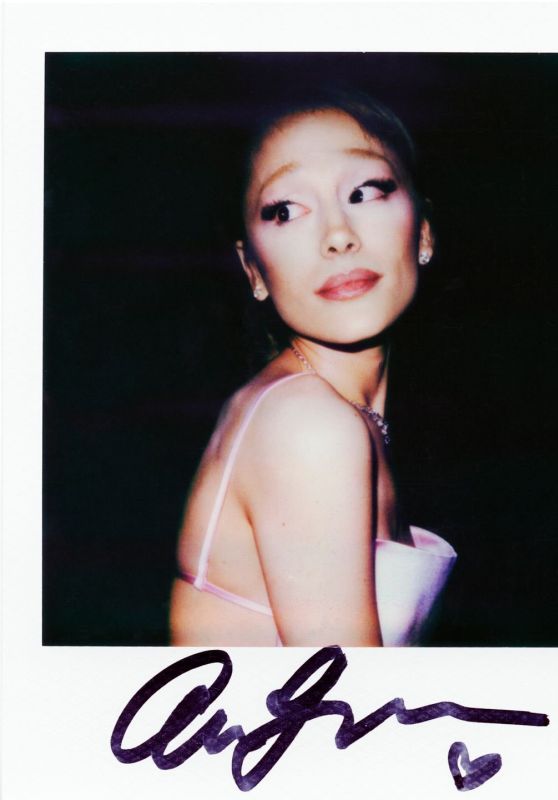
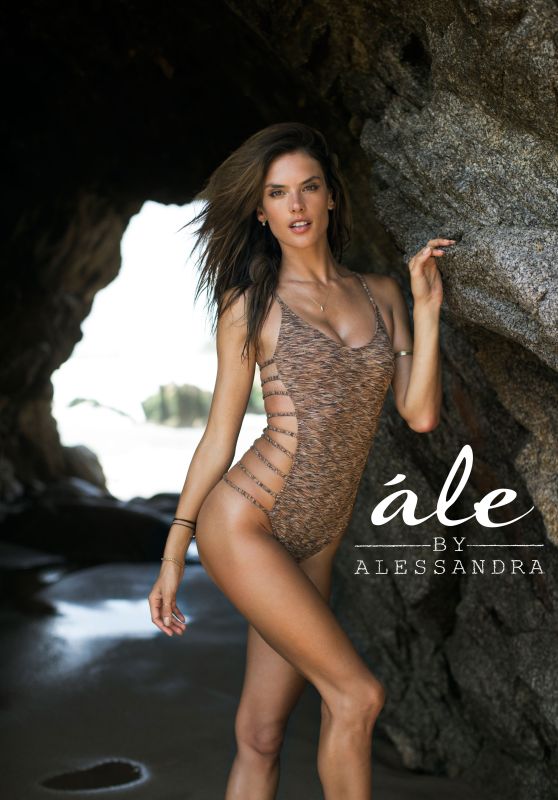

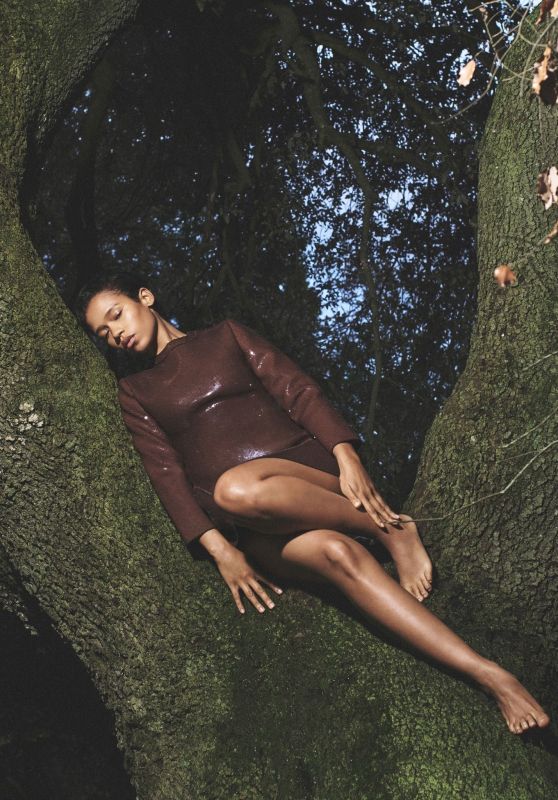


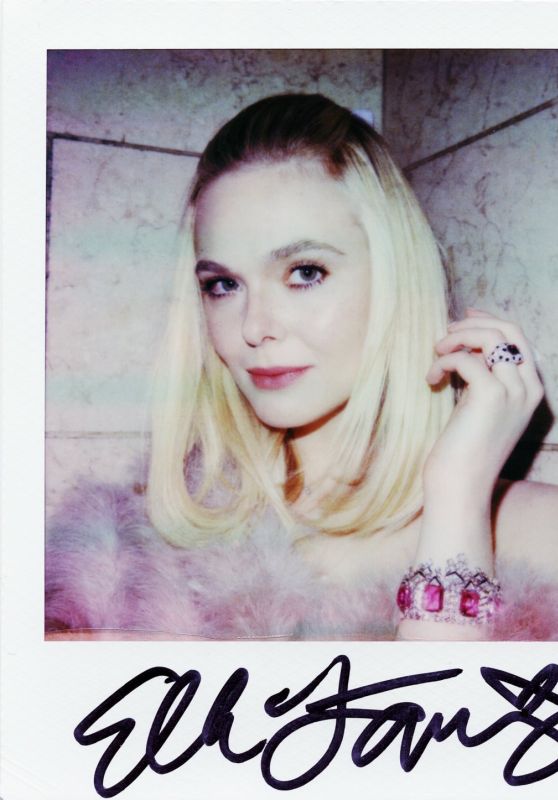

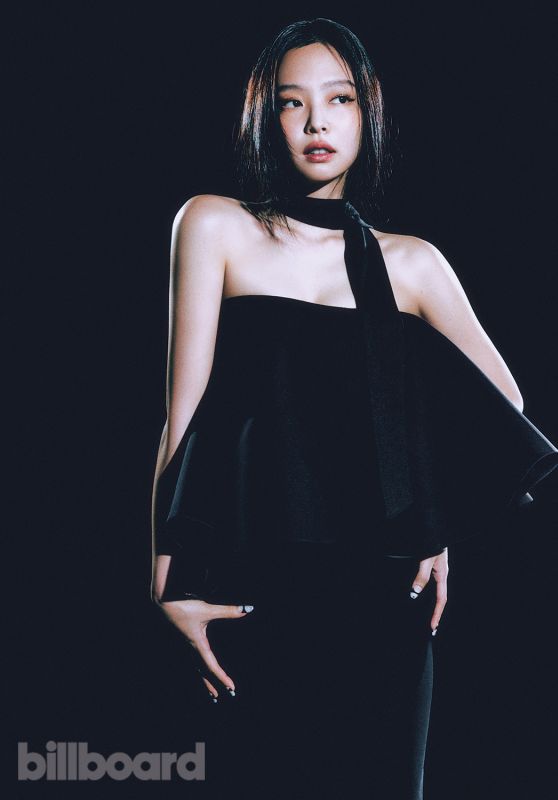











 English (US) ·
English (US) ·